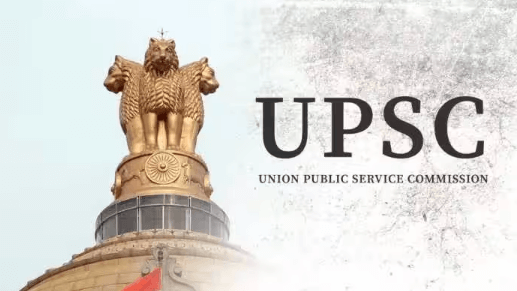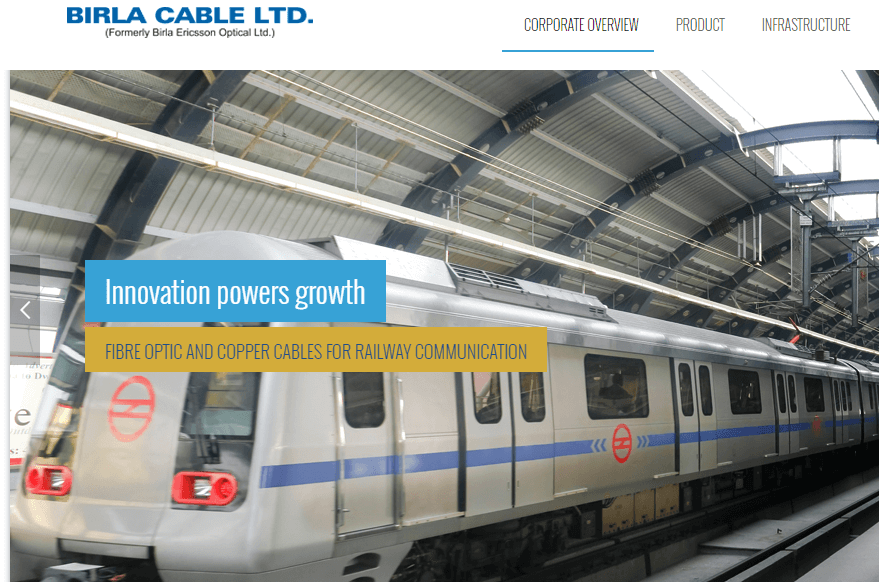Daily Current Affairs : 23-January-2025
Indian Prime Minister recently praised Digantara, a pioneering Indian space startup, for the successful launch of its Mission SCOT (Space Camera for Object Tracking). This mission is a significant achievement in the field of space exploration and surveillance, bringing India into the global spotlight for space innovation. Mission SCOT is one of the first commercial satellites globally dedicated to Space Situational Awareness (SSA), an essential component for maintaining the safety and security of space operations.
About Mission SCOT
What is Mission SCOT?
Mission SCOT is a cutting-edge satellite designed to track and monitor Resident Space Objects (RSOs), such as satellites, debris, and other objects in space. It aims to enhance the accuracy and efficiency of space monitoring, offering a more advanced solution than the existing systems.
Development and Support
- Mission SCOT was developed by Digantara, an Indian space startup.
- The project was supported by Aditya Birla Ventures and SIDBI, offering significant backing for its success.
Aims of Mission SCOT
- Tracking Smaller RSOs: Mission SCOT aims to track even the smallest space objects, improving the monitoring of space activities.
- Enhancing National Security: By providing superior surveillance, the mission ensures better protection against potential threats from space debris.
- Safer Space Operations: The mission helps improve the safety of satellite operations by offering accurate tracking of objects in space.
Key Features of Mission SCOT
- Launch Vehicle: The satellite was deployed aboard SpaceX’s Transporter-12 mission, which is known for its reliability in delivering payloads into orbit.
- Orbit: SCOT operates in a sun-synchronous orbit, ensuring constant monitoring of objects in Low Earth Orbit (LEO).
- Tracking Capabilities: SCOT can monitor objects as small as 5 cm with high precision and frequent revisit rates.
- Technological Advantage: Unlike traditional systems, SCOT isn’t affected by weather conditions, geographic limitations, or Field of View (FoV) constraints, ensuring reliable surveillance at all times.
Contribution to Space Safety
- Minimizing Collision Risks: One of SCOT’s main objectives is to reduce the risk of collisions between space debris and active satellites.
- Space Traffic Management: The satellite helps in managing space traffic, an increasingly crucial task as more satellites are launched.
Important Points
- Mission SCOT is a commercial satellite for Space Situational Awareness (SSA), designed to track and monitor Resident Space Objects (RSOs).
- Developed by Digantara, an Indian space startup, with support from Aditya Birla Ventures and SIDBI.
- Aims:
- Monitor smaller RSOs for better surveillance.
- Enhance national security and ensure safer space operations.
- Key Features:
- Launched aboard SpaceX’s Transporter-12 mission.
- Operates in a sun-synchronous orbit for efficient tracking in Low Earth Orbit (LEO).
- Can track objects as small as 5 cm with high accuracy and frequent revisit rates.
- Overcomes traditional system limitations like weather conditions, geographic limitations, and Field of View (FoV) constraints.
- Focus on minimizing collision risks and improving space traffic management.
- Marks a significant step in India’s space technology and global space safety.
Why In News
The Indian Prime Minister praised Digantara, a trailblazing Indian space startup, for its remarkable achievement in successfully launching Mission SCOT (Space Camera for Object Tracking), which marks a significant milestone in India’s growing presence in the global space industry.
MCQs about India’s Mission SCOT
-
What is the primary objective of Mission SCOT?
A. To launch more satellites into space
B. To track and monitor Resident Space Objects (RSOs)
C. To study space weather
D. To send astronauts to space
-
Which space vehicle was used to deploy Mission SCOT?
A. Ariane 5
B. SpaceX’s Transporter-12 mission
C. Soyuz rocket
D. Falcon 9
-
What is a key feature of Mission SCOT’s tracking capabilities?
A. Can track objects only above 1 meter in size
B. Can track objects as small as 5 cm
C. Can track objects on the moon
D. Tracks only objects in deep space
-
How does Mission SCOT contribute to space safety?
A. By increasing the number of satellites launched
B. By minimizing collision risks and improving space traffic management
C. By controlling space weather
D. By sending human missions to space
Boost up your confidence by appearing our Weekly Current Affairs Multiple Choice Questions
![]()


